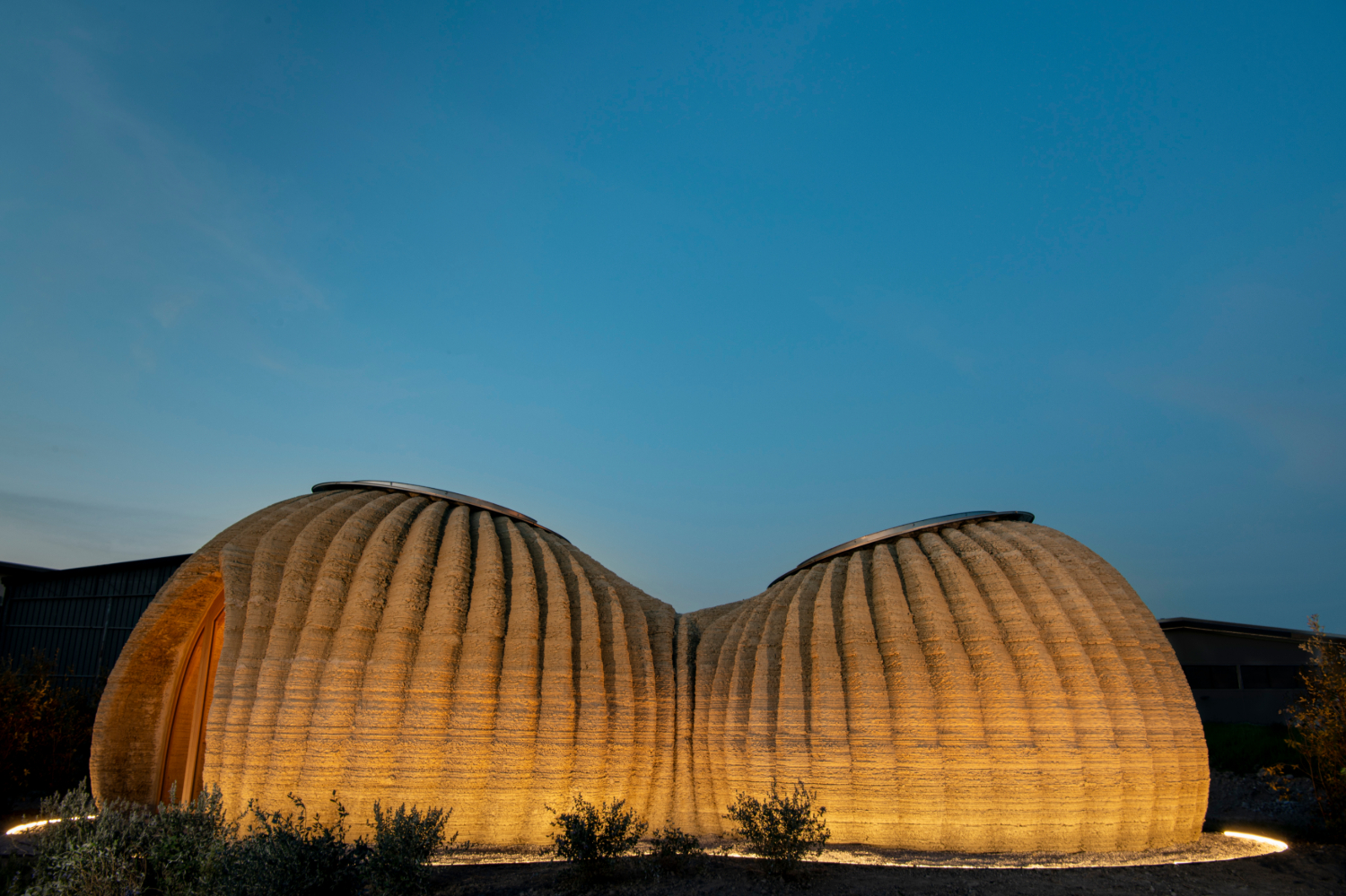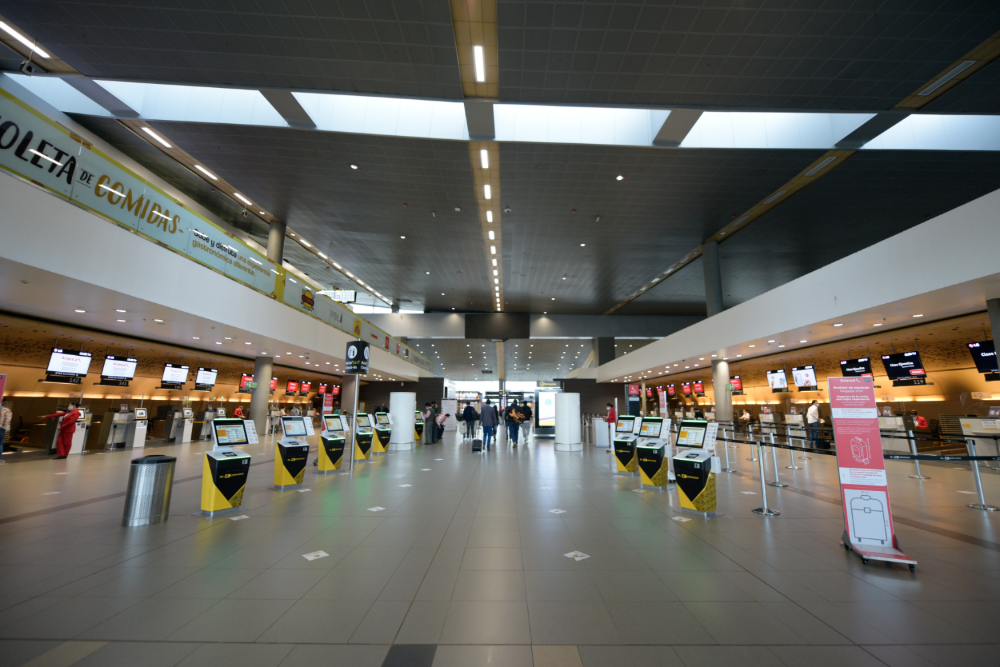Back in 2011, Israeli-American academic Hod Lipson wrote: “We are smack bang in the middle of a second industrial revolution.”
The robotics engineer, now a professor at Columbia University, was referring to the advent of 3D printing – a technology he claimed would “transform every single aspect of our lives”.
That revolution had already been brewing for some time given that the first commercial 3D printer – the SLA-1 – was released in the late 1980s by American firm 3D Systems.
But it was improvements in the speed, materials and accuracy of the technology that led experts to believe 3D printing would revolutionise the global economy.
Today, it is used in multiple sectors, from automobiles to fashion, housing to healthcare – and in ways many people do not realise. In the future, its efficiency and low cost offer promise to help bring the world’s rapacious use of resources down to levels in line with protecting the climate and nature.
Engine parts, car dashboards and prosthetics are all 3D printed. New homes, manufacturing tools and custom shoes have followed suit. The possibilities are endless: complex applications such as building human tissue or satellites in space have already been developed.
As a result the industry is now valued at $20 billion-$25 billion, with high growth estimates putting it at over $100 billion within the next 10 years. In the past year alone, the industry grew by around 9%, according to consultants Wohlers Associates.
The potential for using 3D printing to reduce waste and improve the efficiency of manufacturing processes has also caught the attention of those working on sustainability, as it opens up new possibilities for businesses seeking to reduce their environmental impact.
The question is whether the industry can live up to its promise and deliver large-scale, affordable environmental solutions.
Built by machines
The extraordinary range of uses for 3D printing is testament to the flexibility of the technology and the ingenuity of its developers. The ability to create freely and on location are hugely attractive options to designers and engineers.

3D printing – also called additive manufacturing – works by first creating a 3D model using computer-aided design (CAD). This model is translated into code the printer can read, and the printer then deposits materials in layers to create the final object.
This process cuts out many of the complicated – and human – elements of manufacturing or construction. Building a house in the conventional manner, for example, can take months, requiring many people from different trades and a multi-layered supply chain.
By contrast, one of the world’s first 3D-printed homes – the TECLA House – was built out of local clay in Italy in around 200 hours and using 60 cubic metres of raw material. Its construction required 350 12-millimetre layers. The house was produced in 2021 as a prototype for future buildings that would need to respond to the climate crisis.
Is electrification a no-brainer in the race to net-zero?
In a statement on its launch, Massimo Moretti, founder of WASP, the 3D company behind the project, commented: “TECLA shows that a beautiful, healthy and sustainable home can be built by a machine using on-site materials.”
By using only what is needed in exactly the right place, additive manufacturing greatly reduces waste. Some industry sources claim the difference can be up to 90% less material waste than with traditional methods. The end product can also be designed to be lighter which reduces material use and energy consumption.
Circular by design
The TECLA House, and similar buildings such as the Amsterdam Canal House, are sleek examples of what can be achieved with the latest 3D printing technology.
However, they beg the wider question of whether such projects can be made at scale and within budget, while meeting commercial needs. Affordability and custom-made are words that are rarely used in the same sentence.
Signify, a global lighting company, has been tackling this challenge by turning its attention to how 3D printing can support sustainable, mass-made custom lighting solutions.
Signify began experimenting with 3D printers around 2015, primarily for prototyping moulds, fixtures and early product concepts, explained Bart Maeyens, Signify’s global leader for 3D printing.
“The turning point came when researchers were challenged to explore 3D mass production and succeeded to develop polycarbonate-based formulations able to produce durable end-use parts – not just prototypes – which enabled full-scale production of luminaires,” he added.
Neglecting ‘Scope 3’ emissions could sink corporate climate action
The following year the company launched myCreation, an offshoot that produces on-demand 3D-printed lighting from recycled materials. By 2020, Signify had installed 500 3D printers in hubs around the world, allowing the company to customise lighting at scale.
Signify myCreation offers 3D printing as a sustainability-focused product intended to serve the circular economy. All printed parts are produced with at least 65% recycled materials, while bio-circular and industrial recycled plastics are also used, according to Maeyens.
“We produce on-demand with short production lead times which eradicates obsolete stocks and decimates carbon footprint in production transportation. Rejected parts are recycled in-house, leading to zero waste in production,” he said.
Compared to conventional methods, Signify’s 3D-printed lighting decreases carbon emissions by up to 76% and its products contain up to 40% fewer components, Maeyens noted.
Businesses are responding positively to these possibilities. Food giant McDonald’s and British retailer Marks & Spencer have both signed up to use the 3D-printed products in their stores.
The El Dorado International Airport in Colombia installed 9,000 3D-printed lights which, along with retrofitting existing points with LEDs, reportedly reduced the airport’s electricity needs by 65%. A similar project at Madrid Barajas Airport saw a 50% drop in electricity needs.


The quiet revolution
Professor Lipson, when asked by Climate Home about his predictions a decade and a half ago, feels validated.
“3D printers have become so ubiquitous that they exist in every high school in the world, many kids have them at home – and nobody is counting,” he said.
Lipson sees the technology as part of a wider revolution in digital manufacturing, working alongside generative AI, to change how the global industry operates.
How off-grid solar is beating the odds to transform lives in rural Africa
“3D printing allows you to go from a digital blueprint to a physical object quickly, accurately, with little investment in tooling or skill,” he explained. ”That’s the direction manufacturing is moving in many areas that involve complex products.” The result could mean jobs and factories that businesses set up or outsourced overseas to cut costs could be reshored, he added.
The 3D printing age is unfolding without the fanfare of AI, or sky-high levels of investment. This quiet revolution has been embraced behind factory doors where engineers have grasped its enormous potential.
3D printed renewables and batteries
The potential is clear when it comes to cutting environmental impact: lighter-weight products, efficient use of materials, local production and high recycling rates.
There are already examples of 3D-printed solar power cells that can produce renewable electricity without needing to mine and transport heavy materials such as gold or copper over long distances. Wind turbine components, such as blade moulds, are being printed to cut out wasteful alternatives. These flexible and lightweight blades could potentially capture more of the wind’s energy.
And energy storage – a key enabler of the energy transition – is advancing by printing batteries onsite that can increase energy density and improve efficiency. They could also help put an end to environmentally damaging supply chains often associated with battery production.
These are just a handful of examples where clean tech is taking advantage of the 3D printing revolution. Green industry experts are hoping the next step is to expand the use of these techniques so that the benefits become widespread.
Adam Wentworth is a freelance writer based in Brighton, UK.

